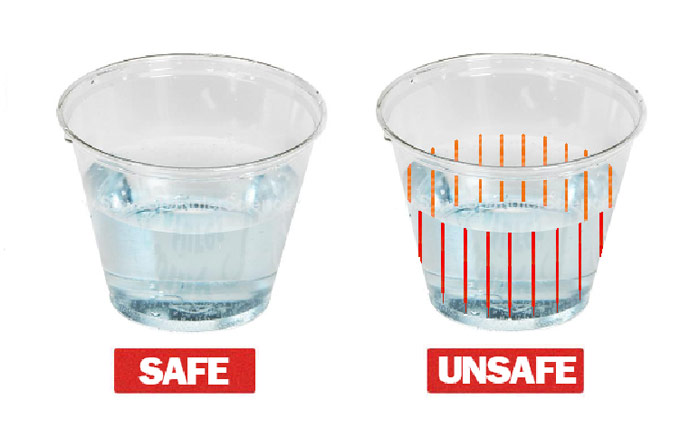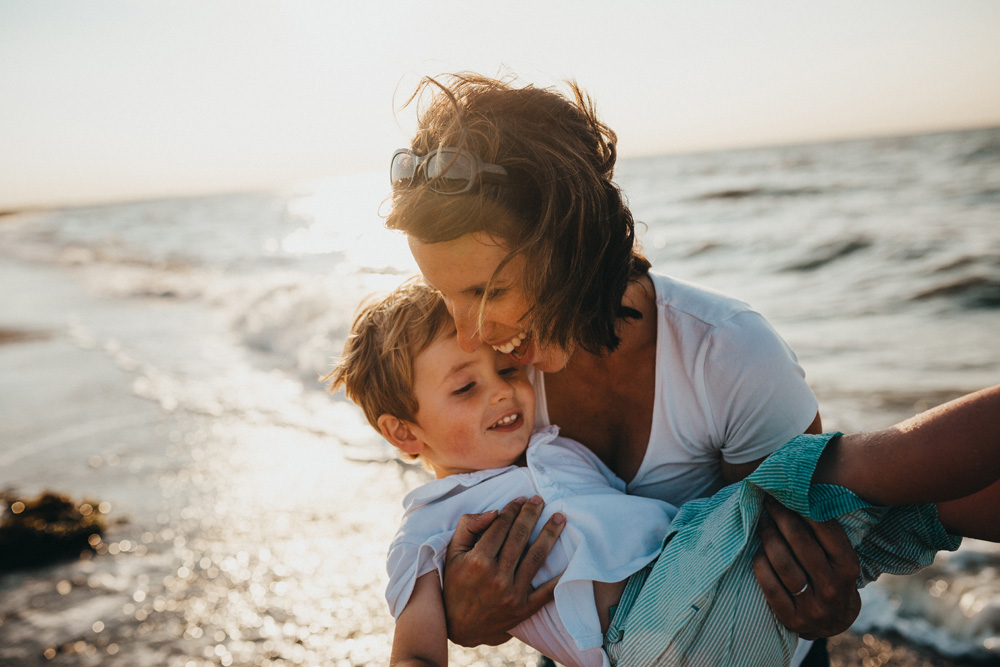This Cup Will Change Colors To Let You Know If You’re Being Drugged
According to the National Institute of Justice & Centers for Disease Control & Prevention, 1 out of every 6 American women have been the victim of an attempted or completed rape in her lifetime. With the help of one new invention, those statistics are about to change.
The Disposable Party Cup, created by DrinkSavvy, notifies drinkers if their drink has been altered via drugs by a color change in the cup.
“The DrinkSavvy Party Cup provides discrete and constant auto-monitoring of your beverage without requiring you to do anything, so you can be sure that your drink is safe to consume,” the website says.
The cup comes in a plastic version, suitable for parties, and a glass version, geared towards outings. Either way, both appear to be normal cups unless a drug is put into the drink; if so, it will alert the drinker with red-orange stripes, visible even under low-light. Even further, if you don’t want to use a DrinkSavvy cup at all, the company offers a line of clear straws that turn red if a date rape drug is detected.
In 2009, 15,000 women were sent to the emergency room after being unknowing victims of drug abuse, according to a Substance and Mental Health Services Administration report.
“According to the data, about 60 percent of these cases occurred after someone surreptitiously slipped a drug into the victim’s drink,” USA Today reported. Three-quarters of the poisonings occurred in individuals over 21, andding National Institute of Justice & Centers for Disease Control & Prevention, 1 out of every 6 American women has been the victim of an attempted or completed rape in her lifetime.
“This is not an epidemic, but it is a serious situation,” said Peter Delany, director of SAMHSA’s Center for Behavioral Health Statistics and Quality. “That means there are a lot of people who end up in the emergency room because a drug was given to them—stimulants, cocaine, Ecstasy, anxiety drugs—without their knowledge.”
But 15,000 is only the number of cases reported and treated. An estimated 3 million grapes occur per year as a result of being drugged, although it is estimated that the amount of unreported cases are much higher.
“And I also wonder if these numbers are actually an underestimate,” said Dr. Michael Brodsky, psychiatrist at the University of California. “Because younger people under the age of 21—say, bystanders at a fraternity or dorm who come upon an underage student who is passed out—are less likely to call for an ambulance or health care personnel in these kind of situations, because they don’t want to be implicated. So there may be many more serious examples of this that don’t end up in the ER.
Some people don’t even realize that they’ve been roofied. It took one woman a year to realize that she’d been drugged at a bar.
During a party one year, she was offered a drink by a clean-cut tourist and his three sons. After quickly becoming incoherent and sluggish, her friend put her in a cab home.
“I literally crawled into my apartment and blacked out for 12 hours,” she wrote in an article. “I remember nothing except a hazy pop in consciousness at 4:00AM when the building maintenance people knocked down my door. Apparently I had turned the water on in my bathtub before blacking out and flooding the apartment below me. This caused me to be evicted.”
Some people are not as lucky. But the invention is a huge technological advancement that could save the lives of many. DrinkSavvy is even willing to work with beverage companies to make their bottles and cans “DrinkSavvy”—alerting them to alterations in their drink.
“For those beverage companies and distributors that are interested, we can make their standard bottles and cans DrinkSavvy as well,” the website reads.










































